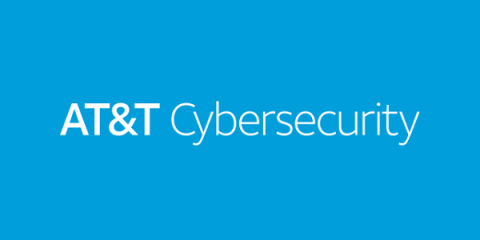Surviving The Upside Down
If you were running a business that was not oriented to remote work, it has been completely turned upside down. Even if you were “remote-only”, it is likely going to be tough sledding for the foreseeable future given the resulting economic downturn.









